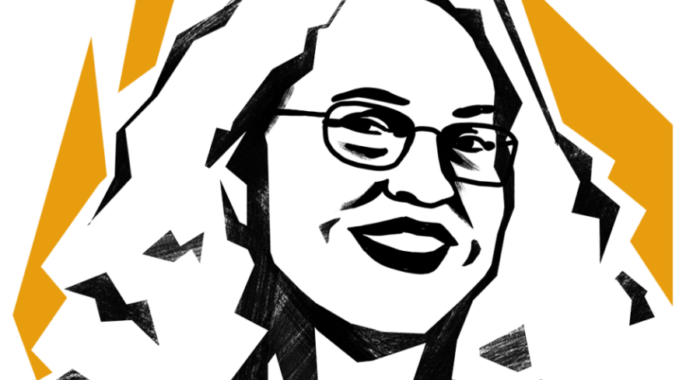
In 2014, after a month in Gaza, award-winning photojournalist Finbarr O’Reilly felt he had seen enough of war. He spent more than a decade covering conflicts across Africa, the Middle East and Afghanistan as a news wire photographer before he put his camera down, as he explains in this essay.
Born in Swansea (South Wales) and raised in Dublin until he moved with his family to Vancouver at the age of 9, Finbarr started his journalism career as an arts correspondent for The Globe and Mail. He then wrote pop culture and entertainment pieces for The National Post for three years and, in 2001, joined Reuters as a freelance correspondent. In 2005, he turned to photography.
His passion for photography began during childhood, when an uncle taught him “how to look at things, to see simple, telling details in everyday life”. But he never imagined he would end up working as a photographer until he joined Reuters. “Bit by bit, I began taking photos to accompany my written reports. I then made a trip to Darfur, Sudan, in 2004 and that’s where I really discovered the power and immediate impact of photography,” he explains in this interview.
For his coverage of stories and conflicts across the African continent, he won numerous awards, including the 2006 World Press Photo of the Year Award, the highest individual honor in news photography, for an image of a mother and a child in an emergency center in Niger. He embedded regularly with coalition forces in Afghanistan between 2008 and 2011, before moving to Israel in 2014, where he covered the summer war in Gaza from inside the Strip. He is among those profiled in Under Fire: Journalists in Combat, a documentary film about the psychological costs of covering war. The film won a 2013 Peabody Award and was shortlisted for a 2012 Academy Award.
But all those years surrounded by disasters, seeing friends and colleagues injured or killed, took a toll on him: “At some point, I burned out. I lost the drive to capture events unfolding before me, mostly because the images were often upsetting, but also because they seemed to change little and did nothing for those I photographed”.
After Gaza, he swapped his camera for a pen. He started working on a book about the psychological costs of war, in collaboration with sgt. Thomas James Brennan, a U.S. Marine who was injured while on patrol with Finbarr in Afghanistan. Shooting Ghosts, the unique joint memoir that explores the residual effects of war and the relationship between individual trauma and society, is due for release in August 2017.
Finbarr says writing, reconnecting with friends and attending academic fellowhisps (he has been a Harvard Nieman Fellow, a Yale World Fellow, and an Ochberg Fellow at Columbia University’s DART Center for Journalism and Trauma) have helped him since coming back from war zones.
In 2016, however, a trip he made to Senegal’s capital, Dakar, where he lived from 2005 until 2014, made him want to return to photography. “By the end of my visit, I wanted to keep shooting. More than that, I was reminded that photography is a central part of me, something elemental in my spirit and fundamental to how I view the world”.



